Disclosure: This article contains affiliate links. We may earn a commission from purchases at no extra cost to you, which helps our travel content.
The morning sun casts long shadows across rows of gnarled vines that stretch toward the Andean foothills, their leaves tinged with autumn's amber hues. I stand, wineglass in hand, watching as the first harvest workers arrive at Catena Zapata's iconic pyramid-shaped bodega. 'Bienvenido a la cosecha,' my guide whispers—welcome to the harvest. After decades traversing remote linguistic landscapes, I find myself increasingly drawn to terroirs that speak their own distinctive dialect. And nowhere does the language of viticulture resonate more profoundly than in Mendoza's Valle de Uco, where the world's finest Malbec translates centuries of tradition into liquid poetry.
Understanding Mendoza's Terroir: The Language of Wine
My career as a translator has taught me that true understanding requires context—geological, historical, cultural. Mendoza's wine country speaks through its terroir, a complex vocabulary of soil, climate, and tradition. The region sits at an elevation between 2,000 and 5,000 feet, where intense sunlight, cool nights, and mineral-rich alluvial soils create the perfect conditions for Malbec's deep expression.
During my recent autumn visit, I arranged private tours with winemakers who explained how each vineyard parcel tells its own story. At Bodega Salentein, enologist José Galante demonstrated how the same grape varietal grown just kilometers apart can produce profoundly different flavor profiles due to subtle shifts in elevation and soil composition.
'Cada parcela tiene su propia voz,' he explained—each plot has its own voice. As someone who has spent a lifetime discerning the nuances of language, I found myself nodding in recognition. The wine aeration system I brought along proved invaluable during comparative tastings, allowing the younger wines to open up and reveal their full character within minutes rather than hours.

💡 Pro Tips
- Book private tastings at least 3 weeks in advance during harvest season
- Learn basic wine terminology in Spanish to enhance your experience with winemakers
- Request vineyard-specific tastings to understand terroir differences
The Ultimate Luxury Wine Route: Curating Your Mendoza Experience
After fifteen visits to wine regions across five continents, I've developed a methodology for crafting the perfect viticultural journey. In Mendoza, this means balancing iconic producers with hidden gems, interspersing tastings with cultural experiences, and selecting accommodations that enhance rather than distract from the wine experience.
My recommended route begins in Luján de Cuyo, the historical heart of Mendoza's wine country, before venturing south to the cooler Valle de Uco. This progression allows you to understand how Malbec evolved from its French origins to become Argentina's signature varietal.
For transportation between wineries, I eschew the typical group tours in favor of a private driver. My longtime associate Carlos offers insider access and flexibility that no scheduled tour can match. For those who prefer independence, I suggest the wine travel bag for safely transporting your vineyard purchases home—its robust protection has preserved my own acquisitions through countless international flights.
Accommodation-wise, nothing surpasses The Vines Resort & Spa in the Valle de Uco, where private villas overlook working vineyards and in-house wine concierges arrange personalized tastings based on your preference profile.
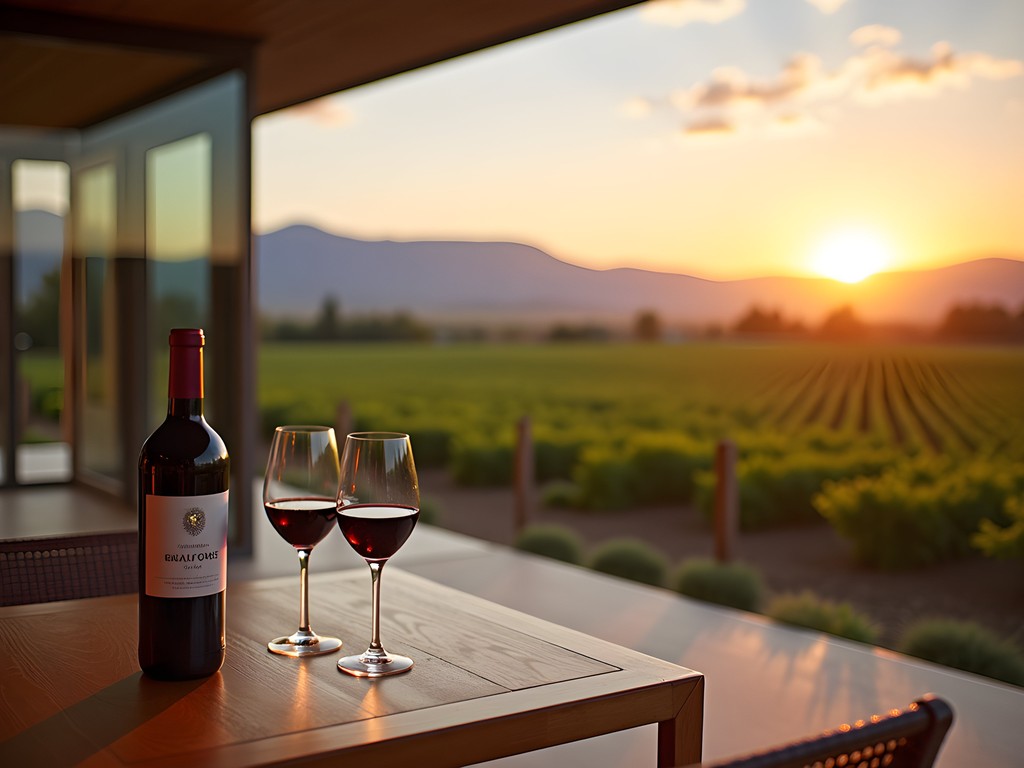
💡 Pro Tips
- Stay minimum 3 nights in each wine region to avoid rushing between tastings
- Schedule no more than two formal tastings daily, with lunch at a third vineyard
- Request meetings with winemakers rather than standard tours whenever possible
Beyond the Glass: Cultural Immersion in Wine Country
The true luxury of travel lies not in thread counts or amenities but in access—to people, traditions, and experiences typically hidden from the casual visitor. My background in indigenous language preservation has taught me that wine cultures are fundamentally oral traditions, passed between generations through stories and shared practices.
In Mendoza, I arrange for my clients to participate in asado preparations with local gauchos, learning the ritual significance of each cut of meat and its preparation. The leather wine carrier gifted to me by a gaucho family has accompanied me on picnics from Patagonia to Kenya, its handcrafted quality improving with age much like the wines it carries.
For those seeking deeper cultural context, I recommend visiting during traditional harvest festivals in March and April. At Bodega Norton, I witnessed the Bendición de los Frutos ceremony, where local priests bless the harvest before workers begin picking. Such moments connect us to viticultural traditions dating back to colonial times.
My linguistic background has proven particularly valuable when arranging meetings with vineyard workers whose families have tended the same plots for generations. Their technical vocabulary—terms like raleo (thinning) and envero (veraison)—reveals a sophisticated understanding of viticulture that transcends formal education.

💡 Pro Tips
- Learn basic Argentine Spanish greetings and wine terms before your visit
- Request to meet with vineyard workers, not just winemakers
- Participate in a traditional asado at least once during your stay
The Art of Tasting: Developing Your Malbec Palate
When I first visited Mendoza in the early 1990s, before its international recognition, local winemakers spoke of Malbec with a curious mix of pride and apology. Today, that ambivalence has transformed into confident expertise as Argentina has defined what may be the definitive expression of this once-secondary French varietal.
Developing a discerning palate for Malbec requires understanding its range. I organize tastings to progress from lighter, higher-elevation examples to the concentrated, powerful expressions from warmer sites. This comparative approach reveals how dramatically altitude affects flavor development.
At Catena Zapata, Laura Catena herself guided me through a vertical tasting of their Adrianna Vineyard Malbec—an educational experience I've since replicated for clients. For serious enthusiasts, I recommend the wine aroma kit to develop your sensory vocabulary before visiting. Understanding the difference between cassis and blackberry, or recognizing violet aromatics characteristic of high-altitude Malbec, enhances appreciation immeasurably.
For those new to structured tastings, remember that professional evaluation involves all senses: the wine's color against white parchment, its aroma with gentle swirling, its texture and weight on the palate, and finally its finish—how long flavors persist after swallowing. I maintain tasting notes in a dedicated journal, comparing impressions across vintages and producers.
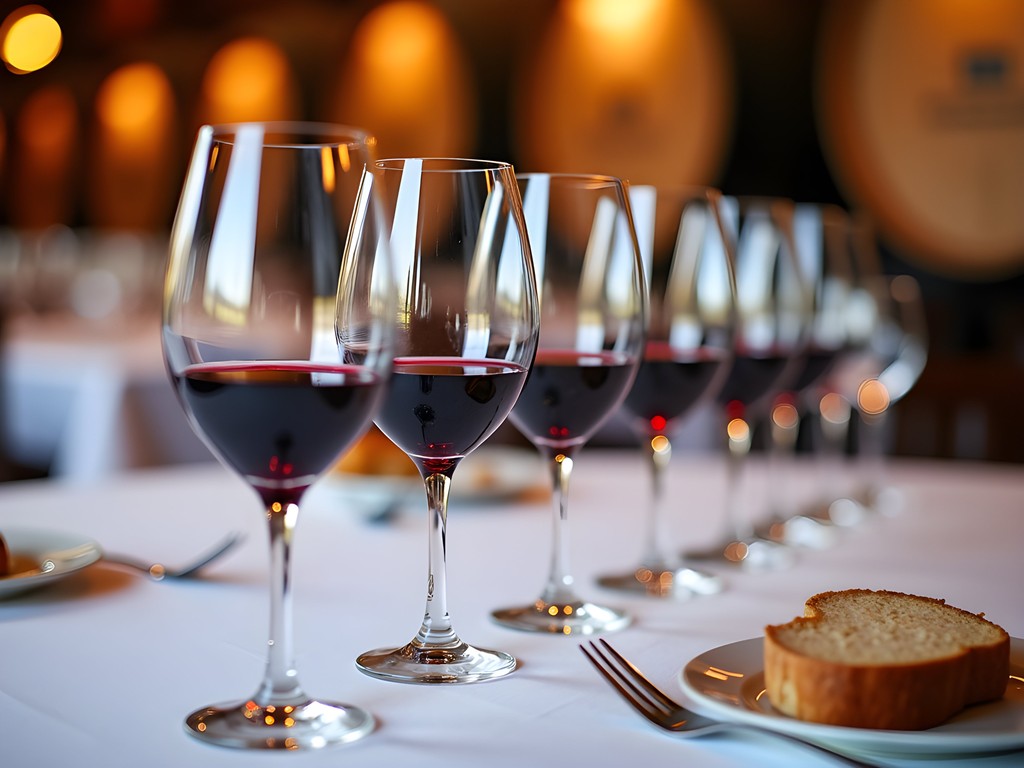
💡 Pro Tips
- Practice the 5S method: See, Swirl, Smell, Sip, Savor
- Take photos of bottle labels rather than trying to write everything down
- Ask about vineyard elevation—it's the key factor in Mendoza's diverse Malbec styles
Crafting Your Perfect Mendoza Itinerary
After decades arranging bespoke wine experiences, I've found that the ideal Mendoza itinerary balances structure with spontaneity. Seven days allows for proper immersion without fatigue—what the French call ennui de dégustation (tasting fatigue).
Begin with two nights in Mendoza city to acclimate and visit the urban tasting rooms. The Park Hyatt, housed in a converted colonial building facing Plaza Independencia, provides an elegant introduction to the region. From there, progress to Luján de Cuyo for two nights, followed by three in Valle de Uco.
Rather than rushing between scheduled tastings, I recommend focusing on quality experiences: a private blending session at Bodega Benegas, harvest participation at a small family operation, or a six-course lunch at Bodega Piedra Infinita where each dish illuminates different aspects of their flagship Malbec.
For transportation between wineries, the wine picnic backpack has served me well for impromptu tastings amid the vineyards. Its insulated compartment keeps bottles at ideal temperature while the included accessories transform any scenic viewpoint into a sophisticated tasting venue.
Remember that Mendoza operates on Argentine time—lunch rarely begins before 1:30 PM and dinner seldom before 9:00 PM. Embrace this rhythm rather than fighting it; use mornings for vineyard walks when the light is magical and the air carries the complex scents of soil and vine.
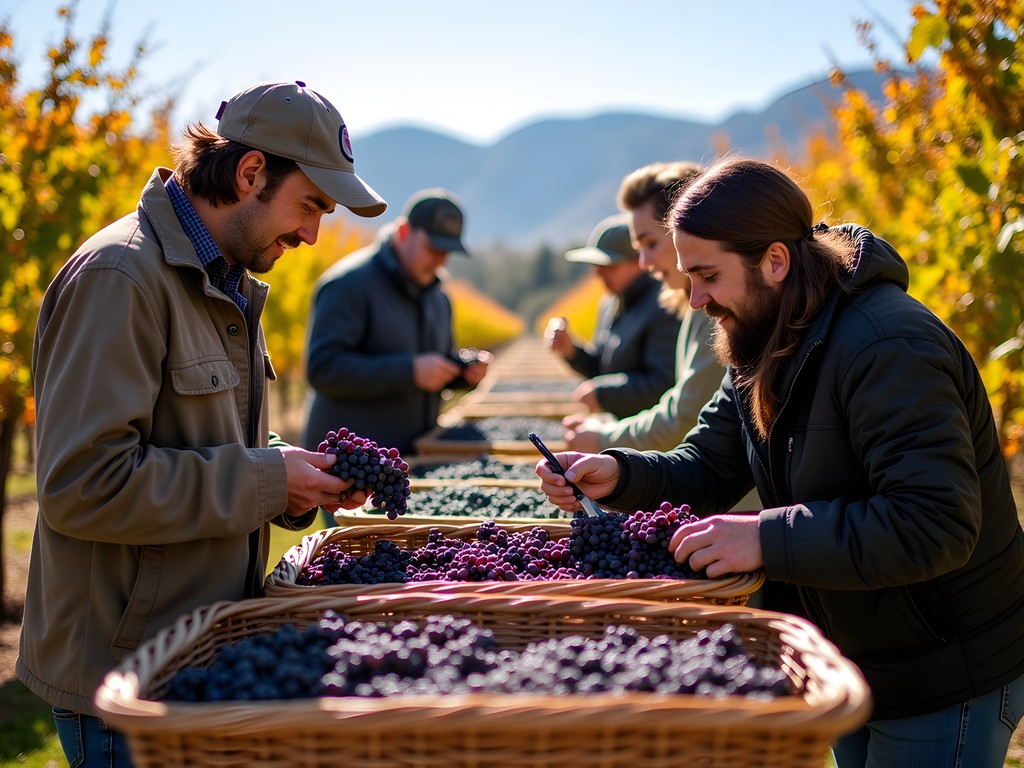
💡 Pro Tips
- Reserve your most anticipated winery visits for mid-week to avoid weekend crowds
- Build in recovery days with light activity like olive oil tasting or hot springs visits
- Keep evenings after full tasting days unscheduled—wine fatigue is real
Final Thoughts
As my week in Mendoza draws to a close, I find myself on the terrace of my Valle de Uco villa, watching the alpenglow paint the Andean peaks in shades reminiscent of the Malbec in my glass. The harvest continues around me—a timeless dance between human hands and natural cycles that transcends language barriers.
My professional life has been dedicated to translation—finding equivalencies between languages, building bridges between cultures. Wine, I've come to believe, performs a similar function. It translates terroir into sensory experience, connects us to places and traditions we might otherwise never know.
Mendoza's Malbec route offers more than exquisite wines; it provides a gateway to understanding Argentina's unique cultural heritage through its most eloquent ambassador. Whether you're a seasoned oenophile or a curious novice, these vineyards welcome you with open arms and full glasses. As we say in wine country, 'El vino trae verdad'—wine brings truth. And sometimes, that truth is simply that life's greatest pleasures need no translation at all.
Until our paths cross on some distant wine route,
¡Salud!
Hunter Morales
✨ Key Takeaways
- Fall (March-May) offers the ideal combination of harvest activity and perfect weather for Mendoza wine touring
- Balance iconic producers with smaller family wineries for a comprehensive understanding of Mendoza's wine culture
- Private guides provide invaluable cultural context and access that enhance the tasting experience
📋 Practical Information
Best Time to Visit
Fall (March through May)
Budget Estimate
$5,000-7,000 per person for a week including luxury accommodations, private tastings, and guides
Recommended Duration
7 days minimum
Difficulty Level
Easy


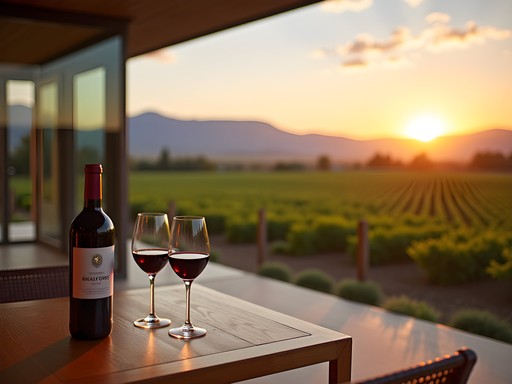
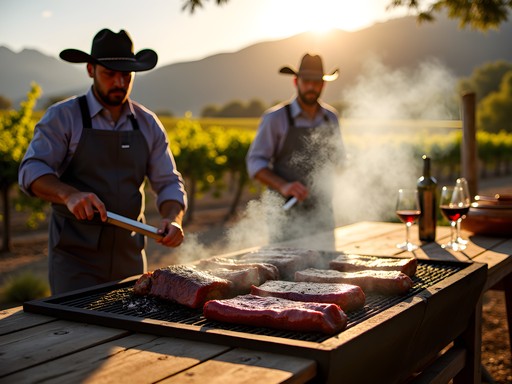
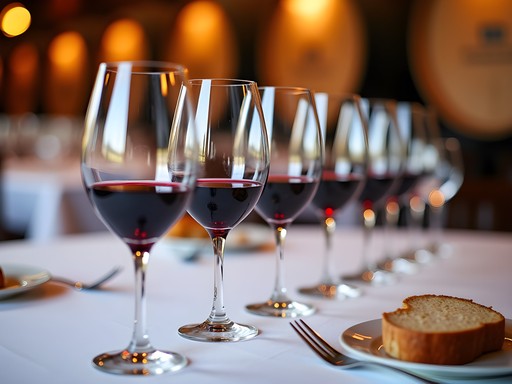
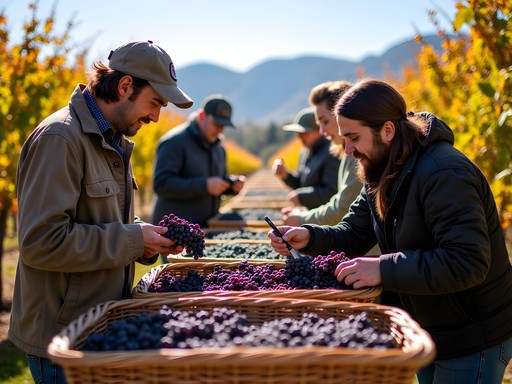




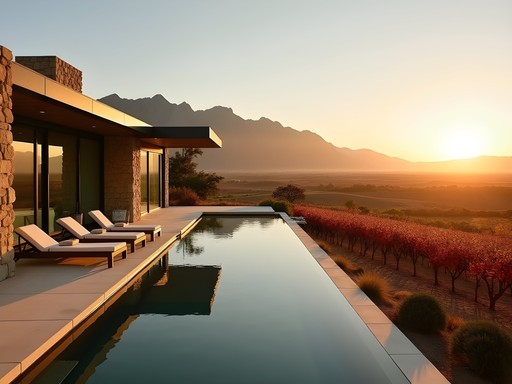
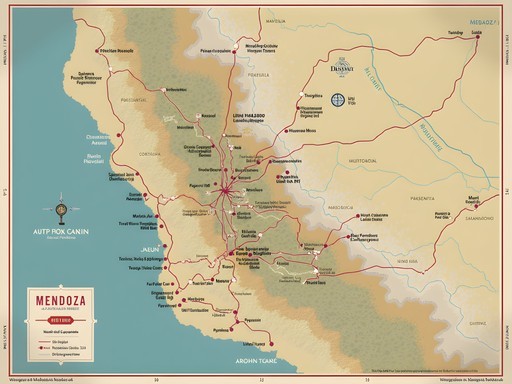




Comments
nomadstar
This looks amazing! Is it doable as a solo traveler? I'm thinking of going in April next year.
photovibes
Absolutely! I saw lots of solo travelers joining the group tours. April is perfect - harvest is finishing up and the weather is still beautiful. The wine tastings are super social so you'll make friends quickly!
Bryce Diaz
Hunter, your description of the alpenglow on the Andes took me right back to my visit last year! I'd add that timing is everything in Mendoza - I went during harvest (late February) and got to participate in grape picking at Catena Zapata which was an incredible experience. The contrast between the sophisticated wineries and the rustic countryside is what makes this region special. For anyone going, I recommend staying at least 3-4 days and bringing a good wine journal to document your tastings - you'll thank yourself later when you're trying to remember that perfect Malbec!
nomadstar
Bryce, did you find it easy to get around without speaking much Spanish? That's my biggest concern about going!
Bryce Diaz
Most of the wineries catering to tourists have English-speaking staff, especially for the tours. In restaurants and smaller places, basic Spanish helps but I got by with Google Translate for the trickier conversations. The locals are incredibly patient and friendly!
islandphotographer
Those sunset photos over the vineyards are stunning! Adding this to my bucket list right now.
photovibes
Just got back from Mendoza last week and this post is spot on! The Valle de Uco wineries were incredible - Salentein and Andeluna were my favorites. We hired a local driver instead of doing the organized tours and it was perfect because we could customize our stops. The autumn colors against the mountains were exactly as magical as Hunter describes. Don't miss trying the local olive oils too - almost as impressive as the wines!
nomadstar
How much did the private driver cost? I'm planning a trip for next year and trying to figure out budget!
photovibes
It was about $120 USD for the full day, which was actually cheaper than the group tours when we split it between 4 people! Plus we could stay longer at places we loved.
nomadstar
That's super helpful, thanks! Definitely going that route then.
wildhero
Been to Mendoza three times now and your guide is spot on! Pro tip for anyone going: book the higher-end tastings at Achaval Ferrer if you can - they do vertical tastings of single vineyard Malbecs that will blow your mind. And don't skip the olive oil producers between wineries. The contrast helps reset your palate and their products are amazing too.
Hunter Morales
Great tip on Achaval Ferrer! Their Finca Altamira is one of my all-time favorites. And yes to the olive oil tastings - I should have emphasized that more in the post. The olive oils and the local cheeses make for perfect palate cleansers between wineries.
Sage Dixon
Hunter, your post captures the essence of Mendoza perfectly! I was there last autumn and still dream about those Andes views. One tip for anyone planning a trip - don't miss the blending workshops at Bodega Benegas. We spent an afternoon creating our own Malbec blend and they even let you bottle and label it to take home. Also worth venturing into Maipú region if you have time - less touristy than Luján de Cuyo but just as spectacular. The contrast between the dry landscape and lush vineyards makes for incredible photos. And the empanadas paired with Malbec... heaven!
luckyone
This looks amazing! Planning a trip for next year. Is it possible to do these wine tours without renting a car? And what's the best time of year to visit?
Sage Dixon
Not Hunter, but I can help! You absolutely can do tours without a car - most wineries offer pickup services or you can book guided tours. I used wine tour last year and they were excellent. As for timing, March-May (harvest season) is magical but September-November (spring) is lovely too with fewer tourists.
luckyone
Thanks Sage! That's really helpful. I'm thinking of going in April then!
coffeebackpacker
Just got back from Mendoza last month and this post brought back all the memories! The Valle de Uco was absolutely incredible - those mountain views while sipping wine are unbeatable. We visited Catena Zapata (that pyramid building is so unique) and Salentein. The high altitude really does make a difference in the wine. Hunter, your description of that alpenglow on the Andes is spot on - it's magical hour there!
Hunter Morales
Thanks @coffeebackpacker! Catena Zapata's architecture is something else, isn't it? Glad my post brought back good memories. Did you get a chance to try any of the smaller boutique wineries?
coffeebackpacker
We did! Visited a small family-run place called El Enemigo that our hotel recommended. Much more intimate experience and their Malbec was possibly my favorite of the trip!
GlobeHopper22
Those photos of the Andes behind the vineyards are stunning! What camera did you use?
TravelingCork
Just got back from Mendoza last month! Pro tip: many of the best wineries require reservations 2-3 weeks in advance, especially during high season. Don't make my mistake of showing up spontaneously!
adventureguy5362
Thanks for the heads up! Did you have any favorites that were more accommodating for last-minute visits?
TravelingCork
Bodega La Azul was pretty flexible and had an amazing lunch. Also the wine bars in Mendoza city are great if you can't get winery reservations - try Vino y Cocina!
Venture X
Premium card with 2X miles, $300 travel credit, Priority Pass